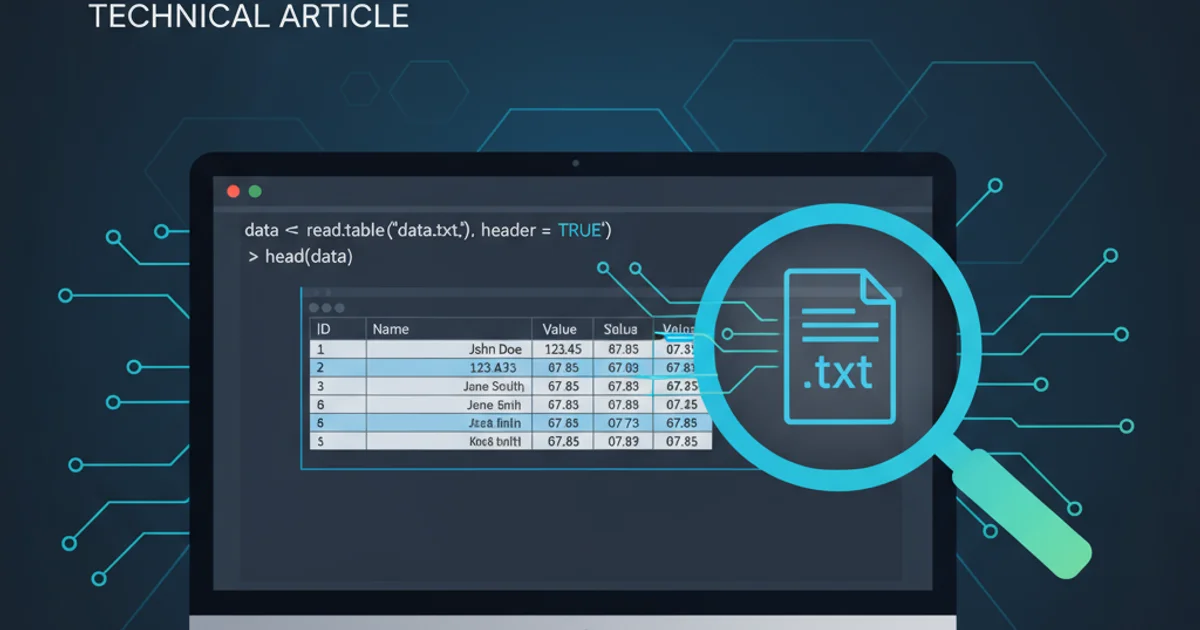How to create a file in Linux from terminal window?
Categories:
Mastering File Creation in Linux from the Terminal

Learn various methods to create new files in Linux using command-line tools, from empty files to files with content, and understand their practical applications.
Creating files is a fundamental operation in any operating system, and Linux offers a rich set of command-line tools to accomplish this task efficiently. Whether you need to create an empty file, a file with specific content, or even multiple files at once, the Linux terminal provides powerful utilities for every scenario. This article will guide you through the most common and effective methods for file creation, helping you streamline your workflow and master the command line.
Creating Empty Files with touch
The touch command is the simplest and most common way to create an empty file in Linux. If the specified file does not exist, touch creates it. If the file already exists, touch updates its access and modification timestamps without altering its content. This makes it a versatile tool for both file creation and timestamp management.
touch myfile.txt
touch another_file.log
touch file1.txt file2.txt file3.txt
Examples of using the touch command to create single and multiple empty files.
touch with wildcards or brace expansion to create many files with a pattern, e.g., touch report_{001..010}.txt will create report_001.txt through report_010.txt.Creating Files with Content using Redirection
Redirection operators are powerful features in the Linux shell that allow you to direct the output of a command to a file, effectively creating a file with content. The > operator redirects output and overwrites the file if it exists, while >> appends output to an existing file or creates it if it doesn't exist.
echo "Hello, Linux!" > welcome.txt
cat > notes.txt
# Type your content, then press Ctrl+D to save and exit
echo "This line will be appended." >> welcome.txt
Using echo and cat with redirection to create files with content.
flowchart TD
A[Start: Create File] --> B{File Exists?}
B -- No --> C[Create New File]
B -- Yes --> D{Overwrite or Append?}
D -- Overwrite (>) --> E[Clear File Content]
D -- Append (>>) --> F[Keep Existing Content]
C --> G[Write New Content]
E --> G
F --> G
G --> H[Save File]
H --> I[End]Flowchart illustrating file creation logic with redirection operators.
Using Text Editors for File Creation
For creating files with more substantial content or for editing existing files, command-line text editors like vi/vim or nano are indispensable. These editors provide a full-screen interface for typing, editing, and saving text, making them suitable for scripts, configuration files, or documents.
nano new_script.sh
# Nano opens, type your script, then Ctrl+O to save, Ctrl+X to exit
vim mydocument.md
# Vim opens, press 'i' for insert mode, type content, Esc, then ':wq' to save and quit
Creating and editing files using nano and vim.
vim is extremely powerful, it has a steeper learning curve than nano. nano is often recommended for beginners due to its simpler interface and on-screen help.Advanced File Creation: printf and heredoc
For more controlled content generation, especially within scripts, printf and 'here documents' (heredoc) offer advanced options. printf allows for formatted output, similar to its C counterpart, while heredocs provide a way to pass multiple lines of input to a command, often used for creating multi-line configuration files or scripts.
printf "Name: %s\nAge: %d\n" "Alice" 30 > user_info.txt
cat << EOF > multiline_config.conf
# This is a configuration file
SERVER_PORT=8080
DATABASE_URL="jdbc:mysql://localhost:3306/mydb"
EOF
Using printf for formatted output and heredoc for multi-line content.
1. Choose Your Method
Decide whether you need an empty file (touch), a file with simple content (echo >), or a file requiring an editor (nano, vim) or formatted/multi-line content (printf, heredoc).
2. Execute the Command
Open your terminal and type the appropriate command, specifying the desired filename. Remember to use the correct redirection operator (> for overwrite, >> for append).
3. Verify File Creation
Use ls -l to list the file and check its permissions and size, and cat filename to view its content to ensure it was created as expected.